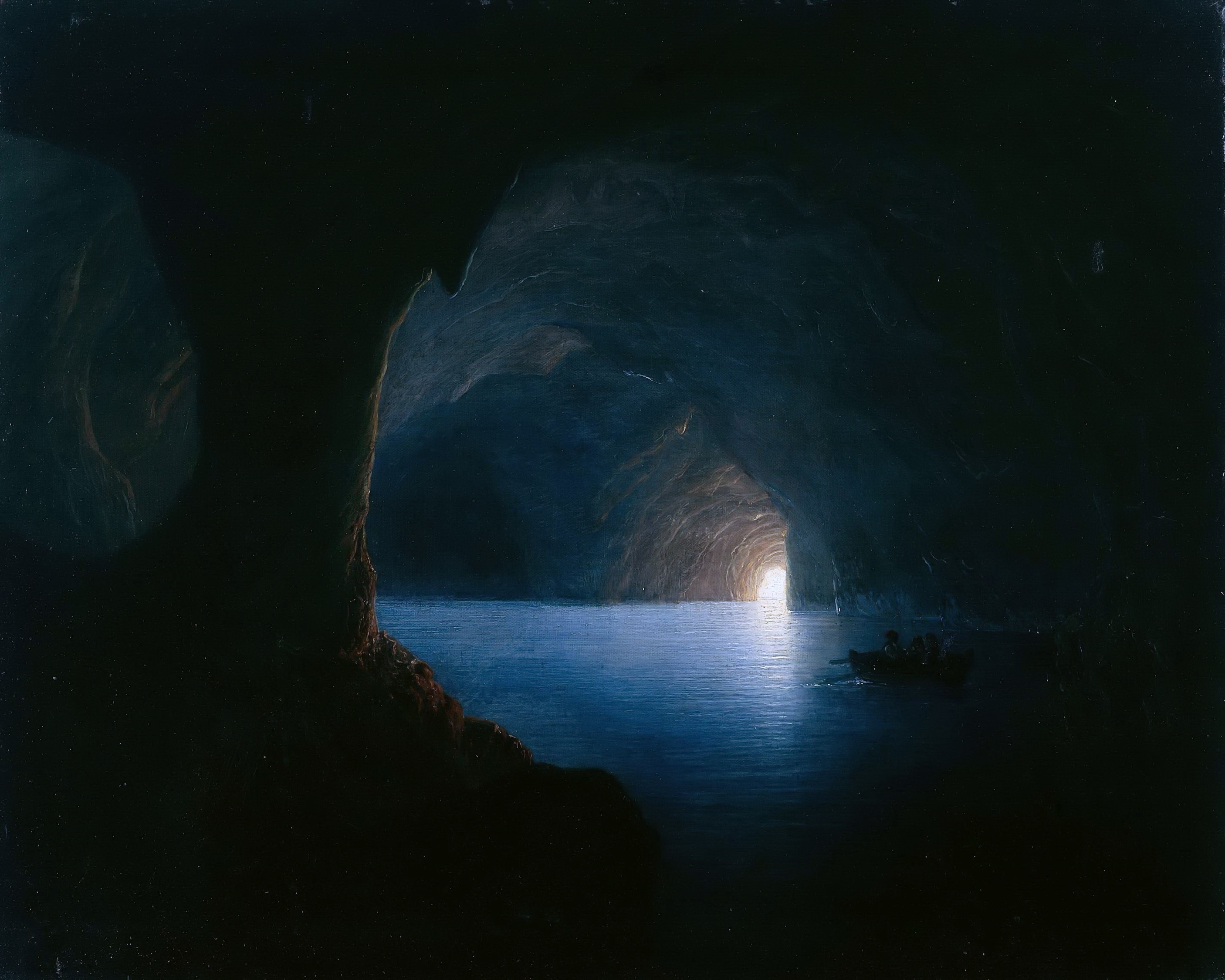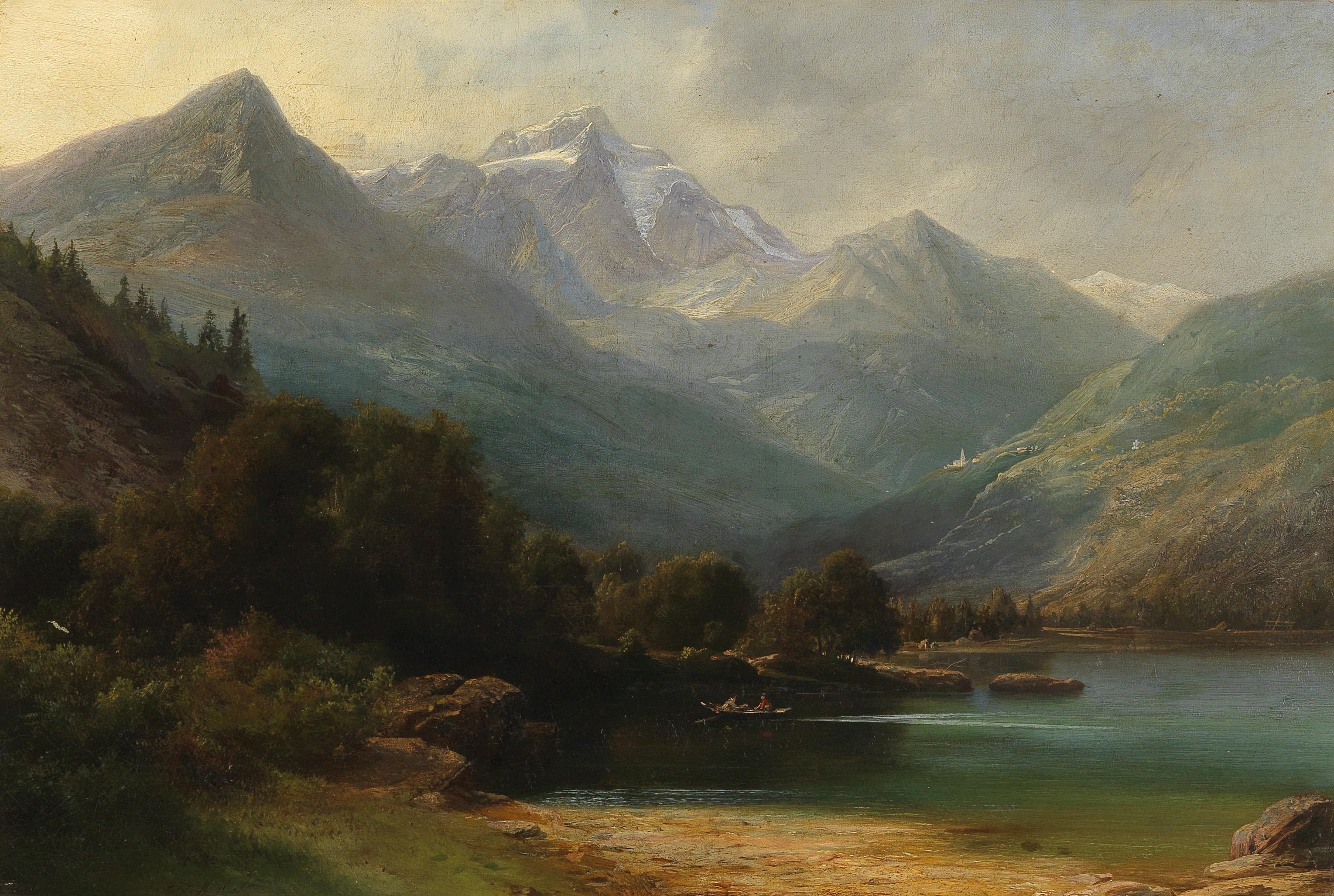It's time to calm down a little!
"They all dreamed of this grotto and, truly, the reward for their discovery could only be revealed through painters and poets from the distant time of those who searched for the wonderful poetic blue flower among the undines in the depths," as Ferdinand Gregorovius remarked in 1880 looking back at the romantic vision.
Already known in ancient times, the Blue Grotto on Capri was considered a place inhabited by demons. The young painter August Kopisch, who came to Capri in August 1826, was not deterred by this superstition. Together with his friend Ernst Fries, he discovered the grotto with its fairytale-like play of light and colors. On August 17, 1826, he wrote in the guest book of the hotelier Pagano: "We named it the Blue Grotto (la grotta azzura) because the light from the depths of the sea lights up its whole vast blue space. Visitors are overcome to see the blue fire-like light filtering through the water in the grotto, each wave appearing like a separate flame.” The artists drew and painted the grotto; Kopisch described and published his experiences several times. Since its rediscovery, the Blue Grotto has become one of the main tourist attractions on the island. Numerous painters chose this natural spectacle as the subject of their works, including Carl Friedrich Seiffert, who increasingly turned to southern landscape motifs after his trip to Italy.
We present this very romantic painting thanks to the Alte Nationalgalerie in Berlin.
P.S. If you like the mood of this painting, you will definitely like these magnificent mountain landscapes of Ferdinand Hodler. <3


 Carl Friedrich Seiffert
Carl Friedrich Seiffert